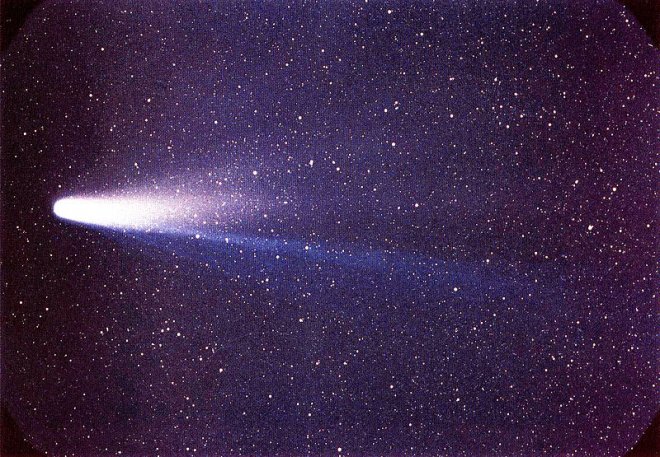
If you still haven't managed to catch a glimpse of the New Year's comet, it is time to hurry up because the chance won't come back in the next thousand years. The extremely rare comet, named as C/2016 U1 NEOWISE, is travelling close to the earth from 31 December to 14 January when it is expected to reach its closest point to the Sun before heading back to the outer Solar System.
Nasa announced that the proximity between the earth and the comet will be close during this time span that it can be visible in the night sky with binoculars or even the naked eye.
"[C/2016 U1] has a good chance of becoming visible through a good pair of binoculars, although we can't be sure because a comet's brightness is notoriously unpredictable," said Paul Chodas, manager of Nasa's Centre for Near-Earth Object (NEO) Studies.
C/2016 U1 was discovered by Nasa in October and scientists are still studying the comet. It is predicted that the comet might have passed the sun millions of years before and it might be the first time that the comet is passing through the inner Solar System.
Also read: Pandora's potato look: Nasa releases spectacular Cassini pictures of Saturn's moon [PHOTOS]
"Comet C/2016 U1 NEOWISE is set to break binocular +10th magnitude brightness this week, and may just top +6th magnitude (naked eye brightness) in mid-January near perihelion," said David Dickinson at Universe Today, reported Science Alert.
Where and how to see the comet
According to Independent, one should look in the south-eastern sky just before dawn. It is also said that the comet will be best visible from the northern hemisphere.
"At its brightest, comet C/2016 U1 NEOWISE will pass through the constellations Ophiuchus to Serpens Cauda and Sagittarius, and is best visible in the dawn sky 12 degrees from the Sun at maximum brightness," said Universe Today.
However, people in the Southern Hemisphere will get another golden opportunity to sport the comet before it disappears forever – the last day of January, just before it become too distant.
Experts also said that spotting the comet might be tricky. It is advised to scan the suspected area with a binocular and look for a faint object near the horizon against an amber twilight sky.
Comets are basically globular matter made of ice, dust, and rocky material. Once they start approaching the sun, the heat melts the substance and thus forms the spectacular long tail which comets are famous for. However, the brightness of the comet is dependent on the shedding of materials which can change very rapidly.









